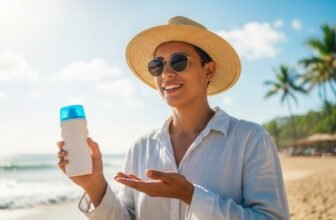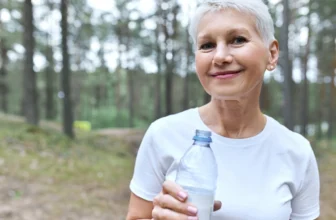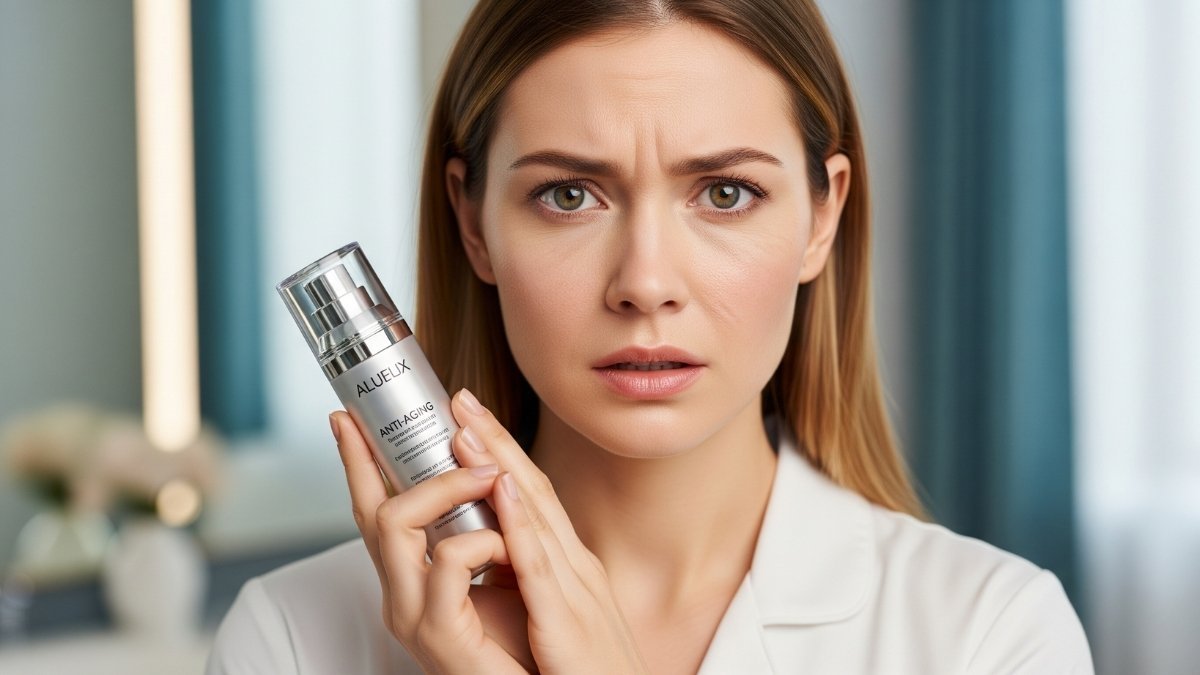
You know that feeling when you splash on a toner and your skin feels instantly “clean” and tight?
That sensation might be aging you faster than you think.
I’m about to share something that made me completely rethink my skincare routine. And honestly? It might make you want to march straight to your bathroom and check every single product you own.
Here’s the thing that blew my mind: while we’re spending billions trying to look younger, many of us are unknowingly using products that accelerate aging at the cellular level. We’re talking about ingredients that make your skin age 26% faster with every single use.
The culprit? Denatured alcohol – and it’s hiding in way more products than you’d expect.
Wait, What Exactly Is Denatured Alcohol?
🔍 Spot the Hidden Aging Accelerator
Alcohol Denat
Most common form found in skincare products
SD Alcohol 40
Specially denatured alcohol with specific additives
Ethanol
Pure alcohol that strips skin barrier
Isopropyl Alcohol
Rubbing alcohol commonly used in toners
Benzyl Alcohol
Often hidden in “natural” formulations
Denatured Alcohol
Generic term for modified ethanol
Before you panic, let me explain what we’re dealing with here.
Denatured alcohol goes by many sneaky names on ingredient lists:
- Alcohol Denat
- SD Alcohol 40
- Ethanol
- Isopropyl Alcohol
It’s regular alcohol that’s been treated with additives to make it undrinkable. Sounds harmless enough, right?
Wrong.
This stuff is like kryptonite for your skin, and here’s why it’s so devastating.
The Scary Science Behind How Alcohol Ages Your Skin
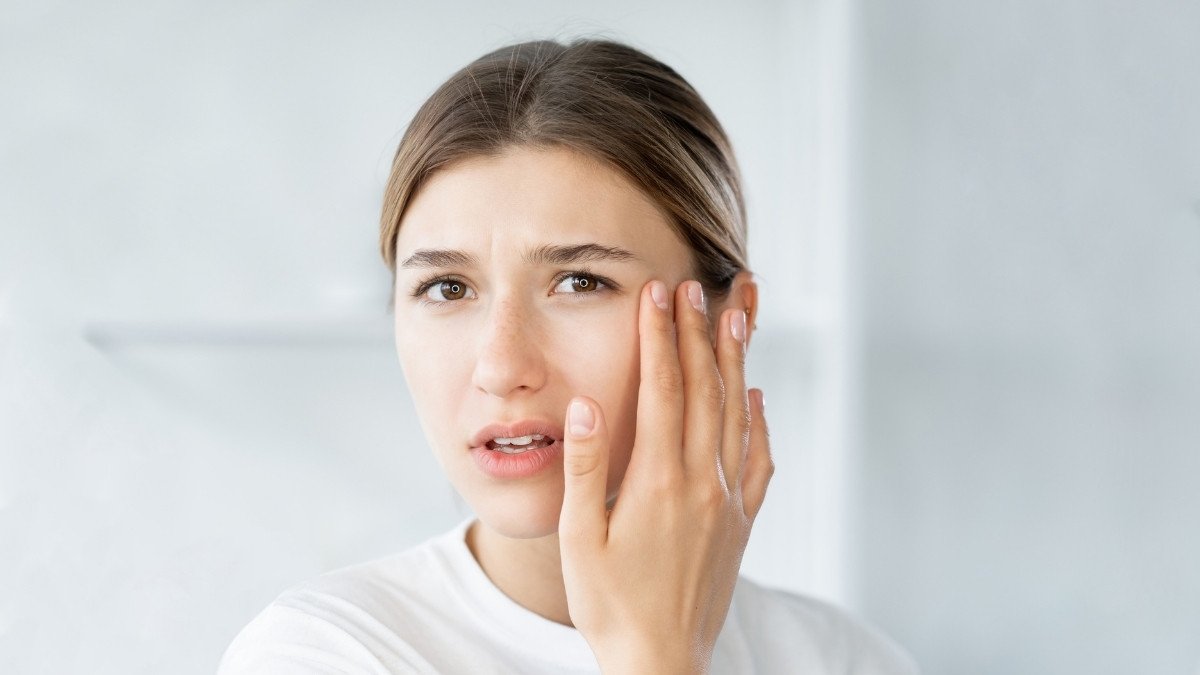
I used to think alcohol in skincare was just “a little drying.” Turns out, I was way off.
Research from the University of Toronto found something shocking: products with just 3% alcohol caused 26% faster skin cell death. That’s not just a little irritation – that’s measurable aging acceleration.
But here’s where it gets really scary…
Your Collagen Is Under Attack
You know how collagen is the scaffolding that keeps your skin plump and youthful? Well, alcohol goes straight for it.
A study published in PMC showed that ethanol directly stops your skin cells from making collagen. The researchers didn’t mince words: “This process contributes to skin aging.”
Think about that for a second. Every time you use a product with alcohol, you’re telling your skin to stop making the stuff that keeps you looking young.
Your Skin Barrier Gets Destroyed
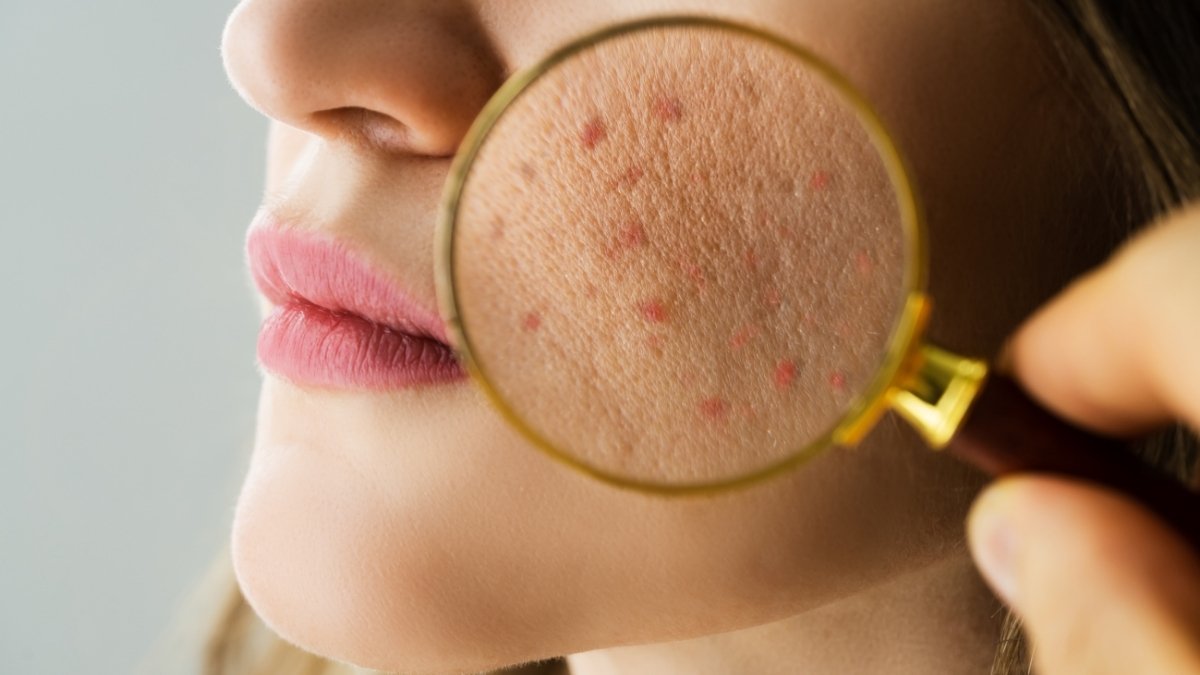
Here’s something that kept me up at night when I first learned about it.
Alcohol doesn’t just sit on your skin and evaporate. It destroys your skin barrier – that protective layer that keeps moisture in and bad stuff out.
Dr. Shuting Hu, a cosmetic chemist, puts it bluntly: “These alcohols damage the skin barrier and strip away the skin’s natural oils.”
Once that barrier is compromised, your skin becomes vulnerable to everything: pollution, UV damage, and bacteria. It’s like removing the roof from your house and wondering why everything inside gets damaged.
The Dehydration Death Spiral
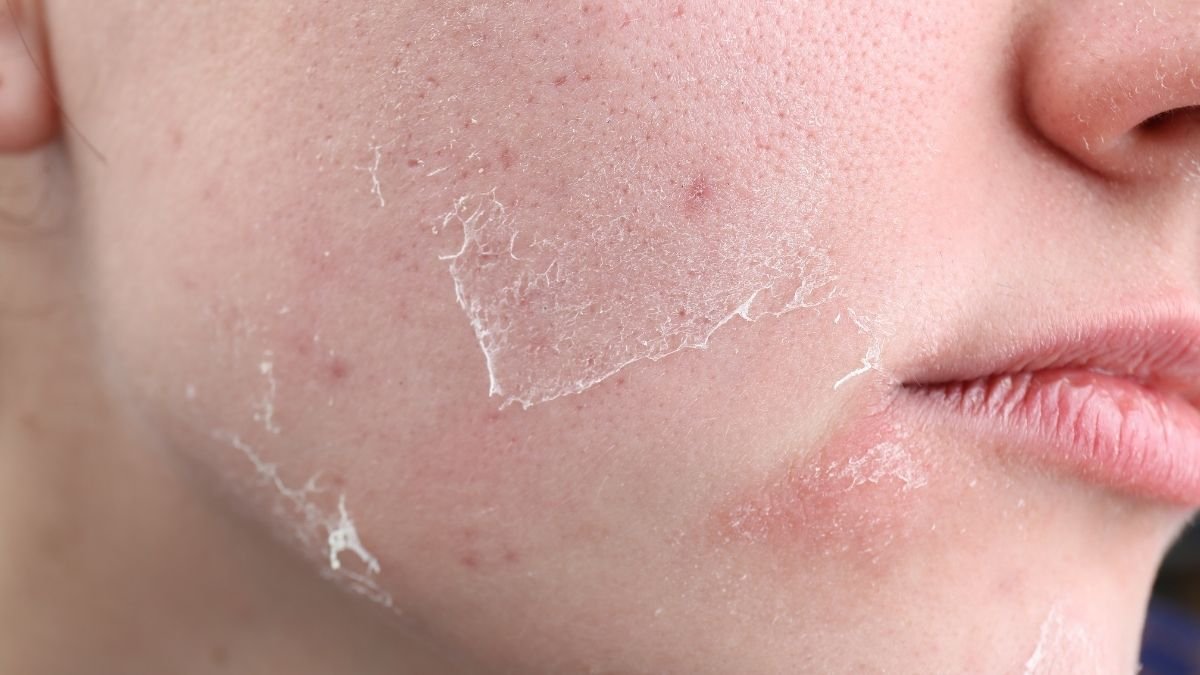
You’ve probably noticed how your skin feels tight after using alcohol-based products. That’s not “clean” – that’s severe dehydration.
Alcohol sucks moisture out of your skin and increases something called transepidermal water loss (TEWL). Basically, it makes your skin leak water like a broken pipe.
And here’s the kicker: when your skin is dehydrated, it can’t make collagen properly. So you get stuck in this awful cycle where alcohol dehydrates your skin, which makes it produce less collagen, which makes you look older.
The $55 Billion Irony That’s Aging America
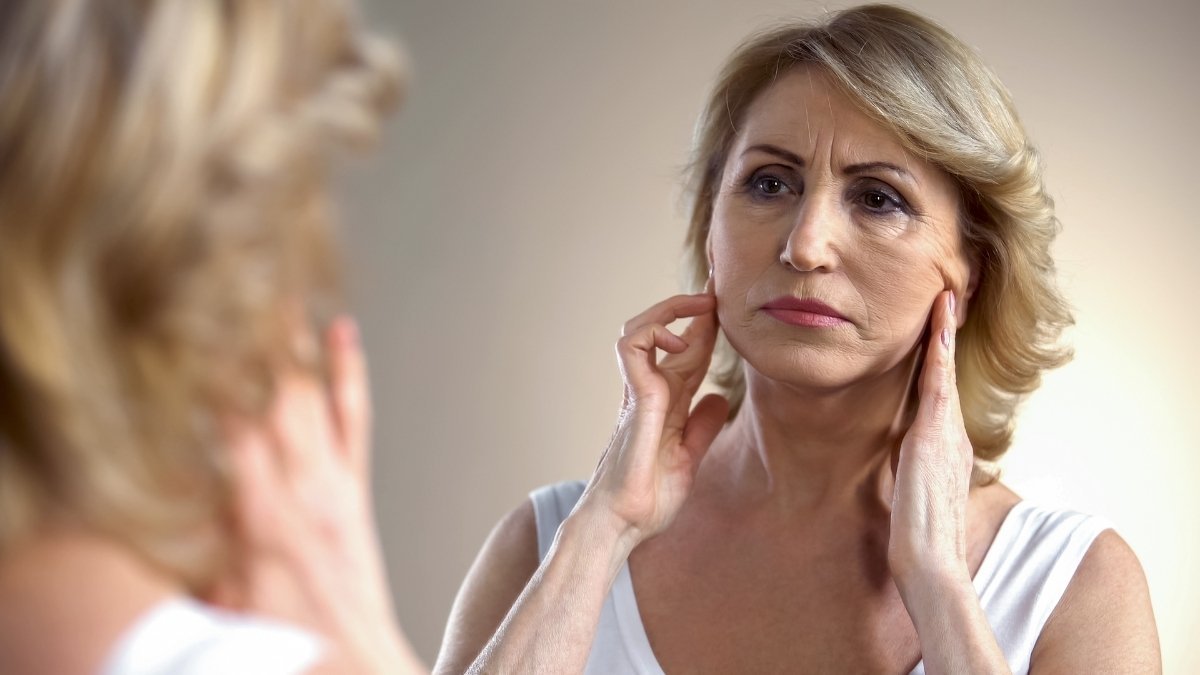
Want to hear something that’ll make your head spin?
We spent $55.8 billion on anti-aging products in 2023. That number is expected to double by 2033.
Meanwhile, the average woman uses 19 personal care products daily, containing 168 different chemicals. And many of those “anti-aging” products? They contain the very ingredients that age us faster.
It’s like paying someone to punch you in the face while promising to make you more beautiful.
The Regulatory Wild West
Here’s something that shocked me: the FDA has only banned 11 chemicals out of the 10,000+ used in cosmetics.
Compare that to Europe, which has banned hundreds.
Dr. Onyeka Obioha, a Beverly Hills dermatologist, specifically warns against denatured alcohol, especially for anyone with “dry or sensitive skin or who has rosacea.” That’s… pretty much most of us, right?
How This Ingredient Became So Popular (Spoiler: It Wasn’t About Your Skin)
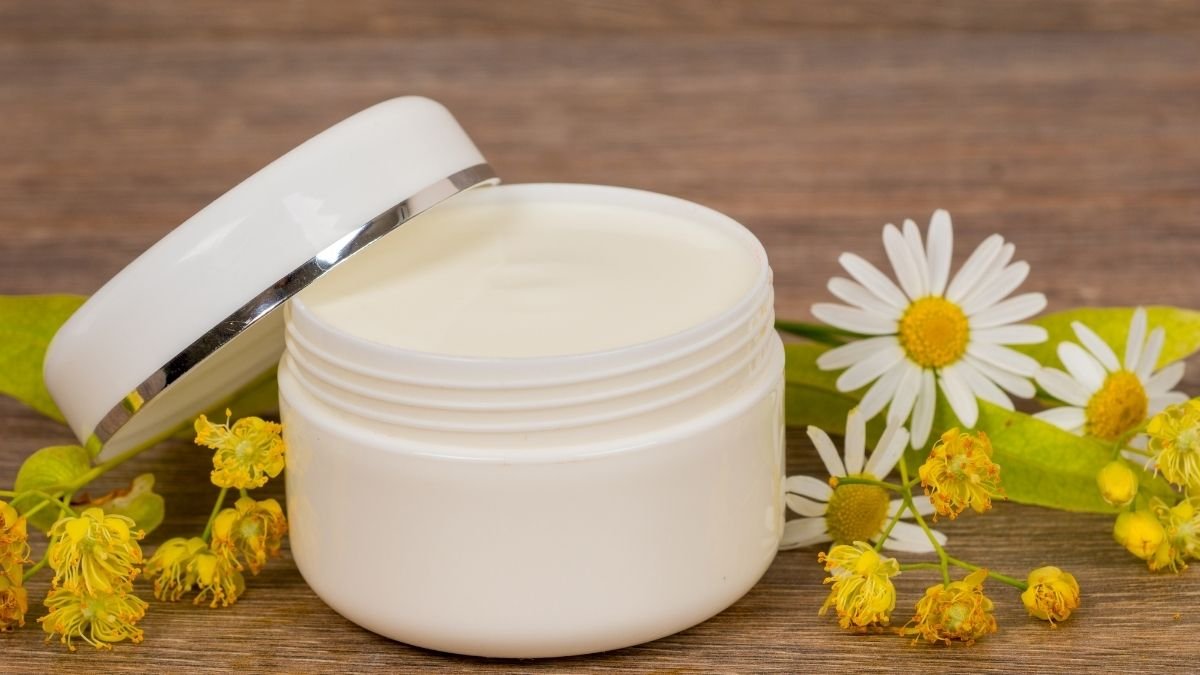
So how did we end up here?
Denatured alcohol became popular in the 1920s-1950s because it was cheap and gave that “clean” feeling people associated with being antiseptic.
Back then, nobody understood cellular damage or long-term effects. If it made your skin feel tight and “squeaky clean,” it must be working, right?
Wrong, but profitable.
The beauty industry loves alcohol because:
- It’s incredibly cheap
- It makes products dry faster
- It gives that immediate “clean” sensation
- It helps other ingredients penetrate
What don’t they advertise? The long-term cellular damage that accumulates with every use.
The Products Hiding This Aging Accelerator
🕵️ Common Hideouts for Denatured Alcohol
Toners & Astringents
Up to 70% contain drying alcohols for that “clean” feeling
HIGH RISKAcne Treatments
Often combined with salicylic acid and benzoyl peroxide
HIGH RISK“Oil-Free” Moisturizers
Alcohol used to create lightweight, non-greasy texture
MEDIUM RISKSetting Sprays
Alcohol helps makeup set quickly but damages skin barrier
HIGH RISKMakeup Primers
Creates smooth base but strips natural oils
MEDIUM RISK“Natural” Serums
Hidden in botanical extracts and essential oil blends
LOW RISK⚠️ The “Alcohol-Free” Loophole
Products can claim “alcohol-free” while still containing denatured alcohol due to FDA classification loopholes. Always check the full ingredient list!
Okay, so where is this stuff lurking? You might be surprised.
Common hideouts include:
- Toners and astringents
- Acne treatments
- “Oil-free” moisturizers
- Setting sprays and primers
- Hand sanitizers (when used on the face)
- Some serums and essences
Even worse? Some products claim to be “alcohol-free” but still contain denatured alcohol thanks to an FDA loophole. Once alcohol is “denatured,” it’s technically not classified as ethanol anymore.
Sneaky, right?
What Dermatologists Are Saying
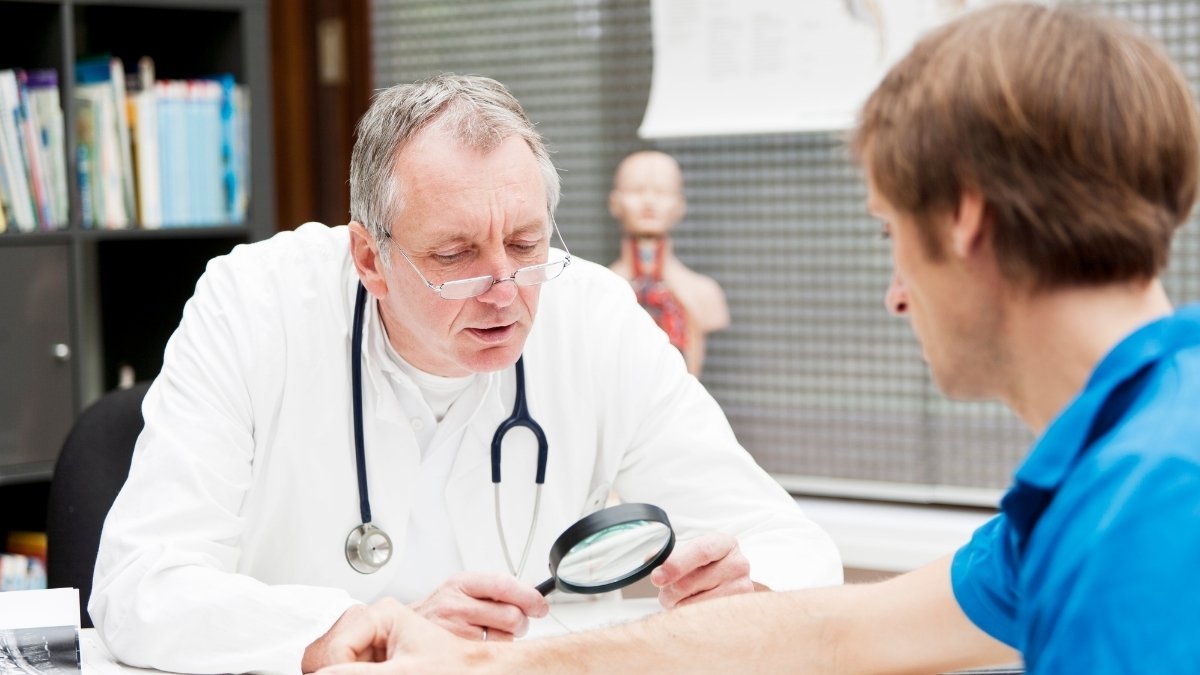
I reached out to several dermatologists to get their take, and let me tell you – they’re not holding back.
Dr. Dray, a board-certified dermatologist with nearly 2 million YouTube subscribers, has been warning about this for years. When asked about the worst skincare habits, she points to ingredients that create similar cellular damage to UV exposure.
That’s alcohol in a nutshell.
The experts are calling denatured alcohol “every dermatologist’s nightmare” because of how it accelerates aging, yet it remains widespread in products marketed to aging-conscious consumers.
It’s like watching someone smoke while taking lung vitamins.
The Good News: The Damage Is Reversible
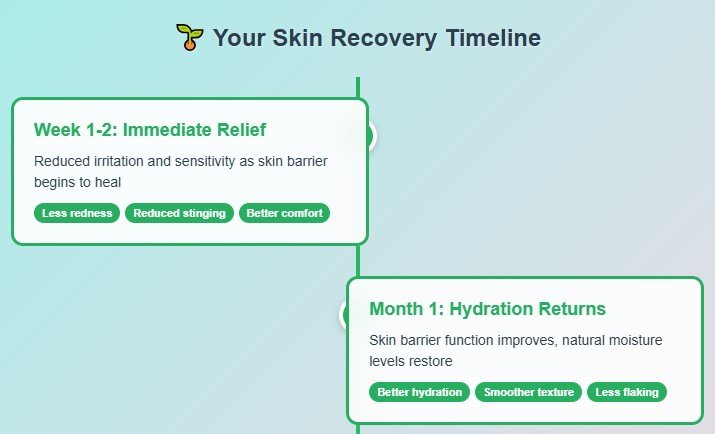
Here’s what gave me hope when I first learned all this:
The damage from alcohol-based products is completely reversible.
Clinical studies show that skin barrier function can be restored within 3-6 months of eliminating problematic ingredients.
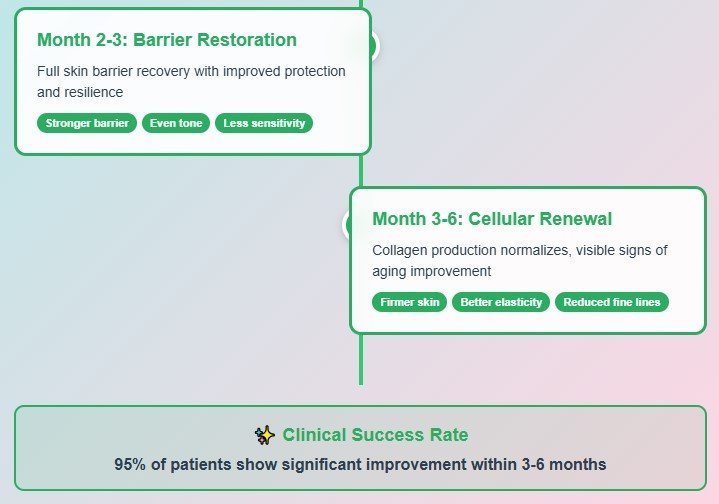
I’ve seen the before-and-after photos. The improvement is dramatic:
- Reduced inflammation
- Better texture
- Restored natural protective function
- Overall healthier appearance
The key is acting now, before more damage accumulates.
Your Action Plan: How to Break Free from the Aging Trap
🎯 Your 3-Step Recovery Action Plan
The Great Ingredient Audit
Time to become a detective in your own bathroom. This is where the transformation begins.
- Check all toners and astringents first (highest risk)
- Scan acne treatments and spot treatments
- Review “oil-free” moisturizers and primers
- Examine setting sprays and makeup products
- Take photos of ingredient lists for reference
Strategic Product Replacement
Don’t shock your skin by changing everything at once. Strategic replacement prevents irritation.
- Week 1: Replace most-used alcohol product (usually toner)
- Week 2: Swap acne treatments for alcohol-free versions
- Week 3: Replace primers and setting sprays
- Week 4: Switch remaining products one by one
- Test new products on small skin area first
Monitor & Optimize
Track your progress and fine-tune your routine for maximum results.
- Take weekly progress photos in same lighting
- Note improvements in texture and hydration
- Adjust routine based on skin response
- Introduce proven anti-aging ingredients gradually
- Consider professional consultation if needed
Ready to take control? Here’s exactly what to do:
Step 1: The Great Ingredient Audit
Go to your bathroom right now. I’m serious.
Look for these aging accelerators:
- Alcohol Denat
- SD Alcohol 40
- Ethanol
- Isopropyl Alcohol
- Denatured Alcohol
Found any? Don’t panic, but do plan to replace them.
Step 2: Smart Swaps That Work
Instead of alcohol-based products, look for these gentle alternatives:
For toners: Rose water, witch hazel (alcohol-free), or niacinamide solutions
For acne treatments: Salicylic acid without alcohol, benzoyl peroxide gels, or gentle retinoids
For oil control: Niacinamide serums, clay masks (used weekly), or blotting papers
Step 3: The Transition Strategy
Don’t throw everything out at once. Your skin needs time to adjust.
Week 1-2: Replace your most-used alcohol product (probably your toner)
Week 3-4: Swap out any acne treatments or serums
Month 2: Replace remaining products one by one
This gradual approach prevents skin shock and helps you identify what’s working.
The Ingredients That Fight Aging

While you’re eliminating the bad stuff, here’s what dermatologists recommend for anti-aging:
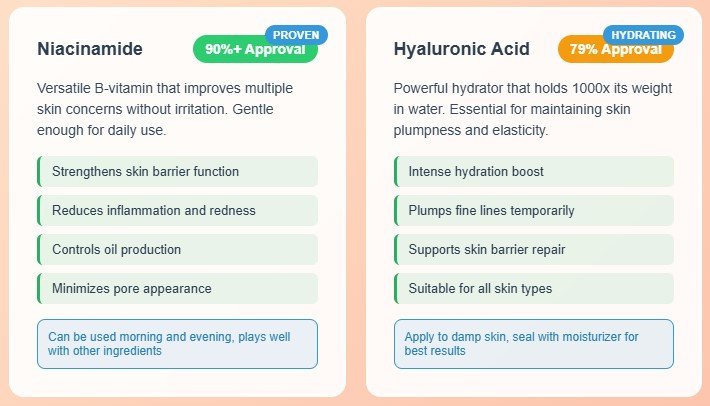
The Evidence-Based All-Stars:
- Retinoids: 96%+ dermatologist approval for anti-aging
- Sunscreen: Universal recommendation for prevention
- Niacinamide: 90%+ approval for multiple skin concerns
- Hyaluronic Acid: 79% approval for hydration
- Vitamin C: Proven collagen synthesis support

Notice what’s not on that list? Denatured alcohol.
What to Expect During Your Skin Recovery
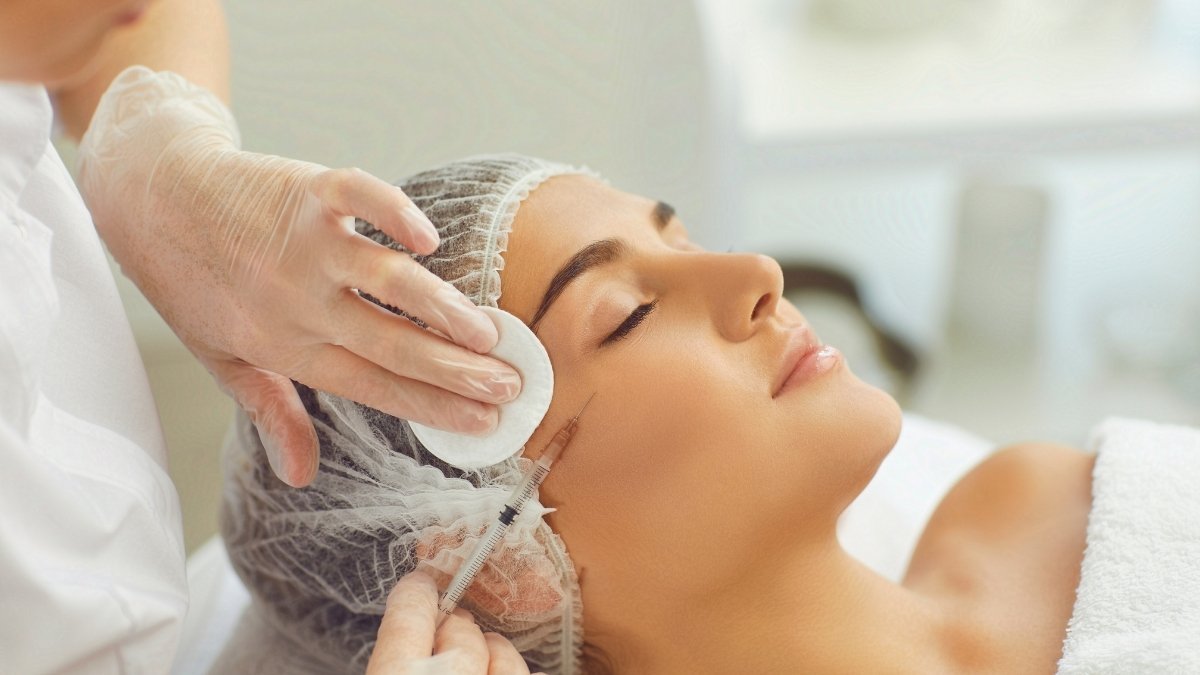
Be patient with yourself during this transition. Here’s the typical timeline:
Week 1-2: Your skin might feel different as it adjusts to gentler products
Month 1: Reduced irritation and improved hydration
Month 2-3: Barrier function restoration and better texture
Month 3-6: Visible improvement in overall skin health and appearance
Some people see changes within days, others take a few weeks. Trust the process.
The Bottom Line: Your Skin Deserves Better
Here’s what this all comes down to:
You’re probably unknowingly sabotaging your anti-aging efforts every single day.
While you’re investing in expensive serums and treatments, denatured alcohol is quietly undoing your progress at the cellular level.
The solution isn’t complicated, but it does require action.
Check your products. Make the swaps. Give your skin the chance to benefit from all those other great ingredients you’re using.
Your future self will thank you for stopping the damage now, rather than trying to repair it later.
Ready to Take Action?
Start with just one product. Check the ingredient list on your most frequently used skincare item right now.
If you find denatured alcohol, you know what to do.
Your skin’s been working hard to stay healthy despite the obstacles you’ve unknowingly put in its way. Isn’t it time to start working with it instead of against it?
The choice is yours: keep accelerating aging, or start reversing it today. What will you choose?


